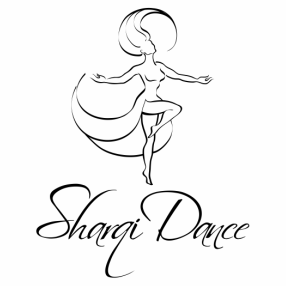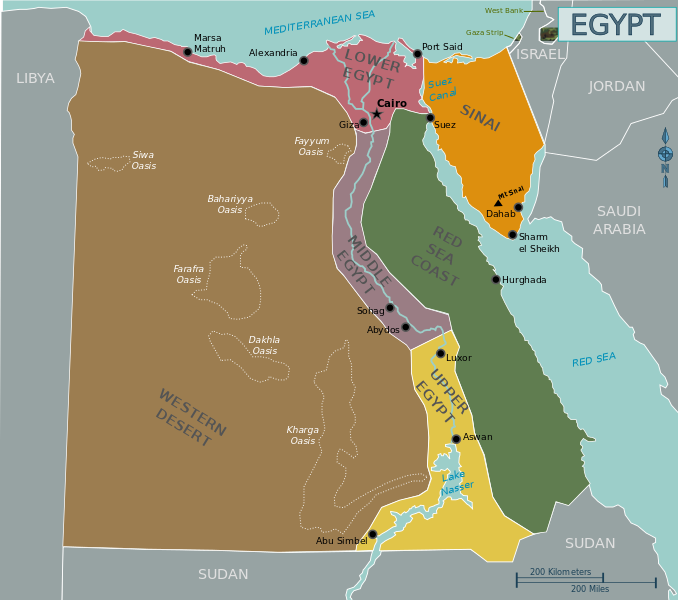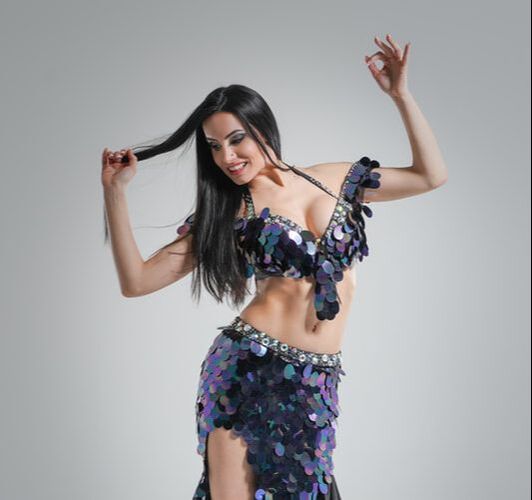|
Why do belly dancers need to know about Saidi? If you have some experience with raqs sharqi (commonly known as "belly dance") you might have noticed that in order to be a well-rounded dancer, it's necessary to know so much more than just belly dance! The classical music we use, as well as our entrance songs and drum solos feature shifts in rhythm and instrumentation that are important to understand and reflect in our dancing. These different "sections" within our music take us on a journey through different Middle Eastern musical genres. Some of those genres are specific to certain regions of the Middle East, where people might dance a certain way which reflects their customs and traditions. It's important for us to know the regional dances that go along with the types of music that come up for us often, so that we can interpret our music appropriately. Saidi... Sa'idi... Sa3idiOne of the regional/folkloric genres of music that comes up for us the most is Saidi. The word Saidi (صعيدى, sometimes spelled Sa'idi or even Sa3idi) means from Upper Egypt. Upper Egypt, or the Said, is a region in the south of Egypt. This region is known as "Upper Egypt" because it has a higher elevation than the north of Egypt, which is known as Lower Egypt. (Fun fact: since the north of Egypt is lower in elevation than the south of Egypt, the Nile river flows to the north. Notice in the map below, how the Nile river delta flows northward into the Mediterranean sea) Image source: Cacahuate - Wikimedia Saidi people speak their own dialect of Egyptian Arabic and have unique customs, music, dances, and traditions. The word Saidi can be used to refer to anything that comes from Upper Egypt. In the context of belly dance, when we talk about Saidi we are usually either referring to music and/or dances from the Said region, or to Saidi rhythm. Tahtib: Saidi Martial Art & DanceAn important tradition in the Said is a dance and martial art known as tahtib (or tahteeb, تحطيب), where participants engage in mock fighting with sticks, done to music. The roots of this practice date back to ancient Egypt, where it was used as a military skill, alongside archery and wrestling. These days, tahtib is mostly practiced as a social game or as a mock fighting dance for entertainment, traditionally done by men. Tahtib in its native context Tahtib as a mock fighting dance performance Stick Dancing for WomenIn more recent decades, women developed their own versions of stick dancing (raqs assaya) for performance, playfully imitating the men's movements in softer, more feminine ways. In the women's versions of Saidi-style raqs assaya, a smaller and lighter stick or cane (a stick with a hook at the end) is used. When danced as part of a belly dance performance, the stick or cane might be decorated with shiny metallic tape or sequins. Female dancers often wear glamourized versions of baladi dresses when dancing to Saidi music. Belly dancer Vanessa of Cairo performing Saidi with a cane Belly dancer Arielle performing Saidi raqs assaya with two sticks Egyptian belly dancer Sahar Samara performing Saidi raqs assaya Dancers Kareem GaD and Taly Hanafy performing a Saidi duet Saidi MusicSaidi music typically features the tabl baladi, darbuka, and daff on percussion and the very distinct mizmar and rebaba on melody. A very common rhythm in Saidi music is Saidi rhythm, a 4/4 rhythm played as "dum tek, dum dum, tek." Saidi rhythm is also found outside of Saidi music, so the rhythm alone does not necessarily mean that a song or section of a song is Saidi. Saidi music also features a variety of other rhythms, such as malfuf (2/4), fellahi (2/4), maqsum (4/4), baladi (4/4), and others. So it's important to consider the instruments and the feeling of the music and to do some research before deciding on how to interpret it. Famous Saidi song, Luxor Baladna, played by Upper Egypt Ensemble Luxor Baladna translation Additional resources: Wikipedia - Tahtib Shira.net - Saidi Dance Oriental Dancer - Saidi Dance SharqiDance - Saidi Rhythm for Belly Dancers Was This Post Helpful?Was this post helpful? Did you learn something new about Saidi music or dance? If so, hit "like" below and leave a comment with your feedback!
You can also visit our blog map to find more posts like this, or subscribe to our newsletter, YouTube channel, or Facebook page to be the first to find out about our next post. If you'd like to learn belly dance online with us, check out our available classes here. Happy learning, and happy dancing!
2 Comments
Jen
3/15/2024 04:52:38 pm
I love this! Many years ago I danced raqs sharqi professionally and I am getting back into it again! A superb post - many thanks!
Reply
3/16/2024 10:45:54 am
Thank you for your comment, Jen! So glad you found this post helpful, and so happy that you are getting back into raqs sharqi now. Best of luck!
Reply
Leave a Reply. |
AuthorYamê is a Brazilian-American View Posts By CategoryIf you'd like to read more articles by Yamê or SharqiDance's guest authors, please view our blog map here.
Archives
January 2024
|



 RSS Feed
RSS Feed